May 10, 2025 | 06:53 GMT +7
May 10, 2025 | 06:53 GMT +7
Hotline: 0913.378.918
May 10, 2025 | 06:53 GMT +7
Hotline: 0913.378.918
Over the past time Vietnam Agriculture News has published a series of articles with the theme "Developing multi-value agroecology", reflecting many aspects of building an agroecological system in consideration of Vietnam’s current state. Upon a temporal closure, Vietnam Agriculture News would like to share an interview with Dr. Dao The Anh, Deputy Director of the Vietnam Academy of Agricultural Sciences (VAAS).
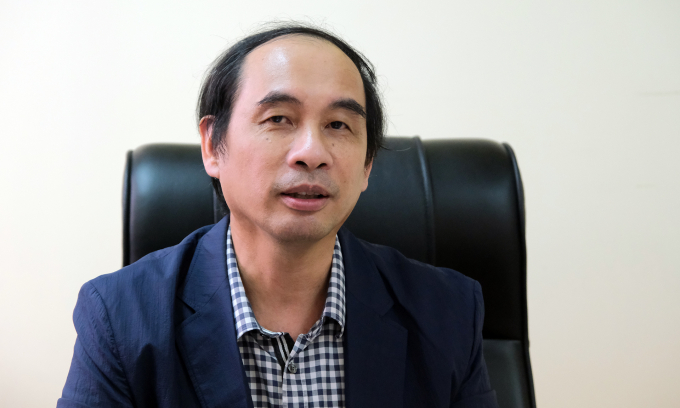
Dr. Dao The Anh, Deputy Director of the Vietnam Academy of Agricultural Sciences (VAAS). Photo: Bao Thang.
Agroecology is based on the bottom-up approach and focuses on solutions that are tailored to the circumstance of each locality. In your opinion, what advantages, as well as possible difficulties, can this create in the current context of Vietnam?
Vietnam stretches from North to South, thus having many different climate zones and distinct ecological sub-regions. There are certain differences in concept between bottom-up agroecology and the common intensive agriculture.
The bottom-up approach helps local farmers make full use of indigenous knowledge because they have lived in each area for generations. They have vast experience in sustainably exploiting the local agricultural system and skillfully utilizing homegrown varieties.
In competitive agriculture, many local varieties can be left out of the scene due to issues surrounding productivity, but they are the same varieties that create biodiversity in conservation work. How to use local varieties and upgrade them to commodity level and then becoming a new brand is a sustainable direction to think about.
However, relying on indigenous resources means facing barriers in investment. People need to have a large enough production scale to be able to develop into commodity production and sell enough products to the market. Since localities’ conditions are uneven, it is difficult for ecological agro-products to develop on a large scale.
Another challenge is the cooperation of farmers because agroecology can be at the expense of productivity at the initial stages. Local authorities and cooperative leaders also need to change their mindset towards agroecology and agricultural economics.
Agroecology solves problems in an integrated way and provides total, long-term solutions, focusing on many socio-economic aspects. Can you tell us what difference this feature makes compared to the multi-value integration orientation that the agriculture industry is in pursuit of?
Agroecology in Vietnam has evolved over the years with diverse types of practices, yet only seen as technical advances. The agroecological production models are divided into 6 groups: (1) Agroforestry, (2) integrated pest management - IPM, (3) sustainable intensive rice farming, (4) organic farming, (5) crop-livestock and garden - pond - barn (VAC) integrated system, (6) conservation agriculture - landscape agriculture.
However, most of the models are usually small in scale, monotonous in components and lacking in effective connections with other systems such as market, industry, and service, so it has not created a momentum strong enough for a breakthrough.
Therefore, it is deemed essential to look at the agroproduction process in the overall food system from inputs, farmers to processing and distribution. Every actor in the chain plays a certain role that contributes to the ultimate goal of ecological agro-products promotion.
If we separate the efforts of farmers from “social impact”, we may encounter a problem that the products are made with high quality but not supported by the market, and consumers are not willing to buy that product even at a reasonable price. Such a system is unlikely to exist.

Using organic preparations to grow hydroponic vegetables.
Self-promoting and exploiting natural processes, on the basis of increasing biodiversity protection, causes the building process of agroecological systems to take a long time. As the pillar of the economy, as well as the main pulling force for the trade balance, what measures should the agriculture sector take to harmonize short-term interests, sir?
Agroecology has this principle of limiting inputs such as chemical fertilizers, and at the same time improving technical measures to bring long-term and sustainable economic benefits. Those benefits are clearly contradicting the short-term vision.
Therefore, first of all we need to fully utilize the multi-value feature of each agro-product, such as agricultural by-products: banana fiber can be used to weave handicraft products; rice straw and husks can be used to generate biomass energy.
Another solution is to associate agriculture development with tourism. In many parts of the world, farmers can sell their produce directly to tourists, and 50% of their income comes from services such as homestay rental and farm work experience trips.
Studies have shown that the larger the agroecological system, the more effective it will be. What do you think about some comments stating that soon there should be a policy to integrate the construction of agroecological systems with large raw material areas, cooperatives, or collective economy models?
As I said, agroecological models in our country have faced challenges in expanding the market. We cannot organize good agricultural practices for just one or two households, because they will be still influenced by the “neighbor” factor. We should at least mobilize farmers in one entire hamlet or one valley to create an ecological zone. To do so, it is necessary to attach them to “cooperative” and “collective economy”.
Minister Le Minh Hoan has shared his expectation to make Vietnam an agroecological powerhouse and an agriculture innovation hub. To achieve those feats, where should we start?
The most important thing is to change perceptions, from producers to consumers, so that all are ready to join hands in building responsible, transparent and sustainable agriculture. State management agencies need synchronous solutions and policies to ensure social security, research and technology transfer.
Thank you, sir!
Translated by Samuel Pham
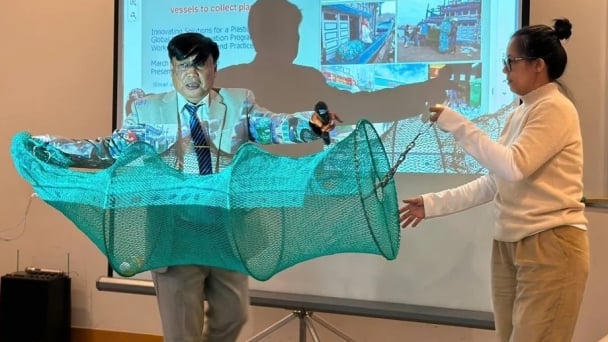
(VAN) The trash bag used on fishing vessels can withstand rough sea conditions, including level 8 to level 10 winds and waves. Notably, it can be hung anywhere on the boat.
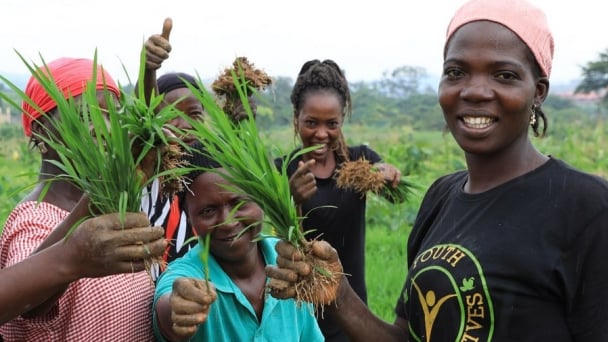
(VAN) African leaders launched the Kampala Declaration on Building Resilient and Sustainable Agrifood Systems in Africa, marking a bold step toward transforming the continent's agriculture.
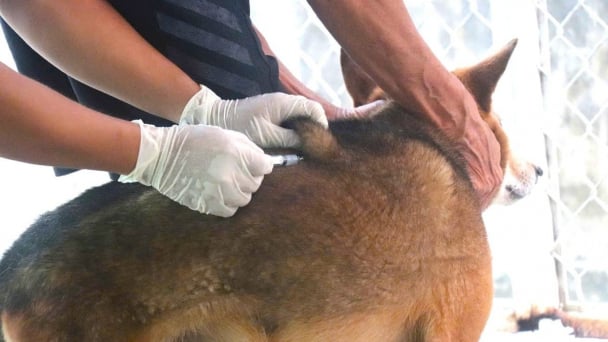
(VAN) Can Tho City Department of Agriculture and Environment demands administrative sanctions on households that do not comply with vaccinating their livestock as a deterrent.
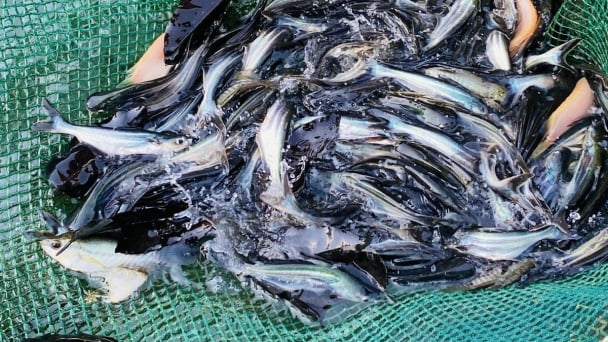
(VAN) With a strict veterinary process and close production chains, Dong Thap ensures that pangasius is disease-free from farm to table.
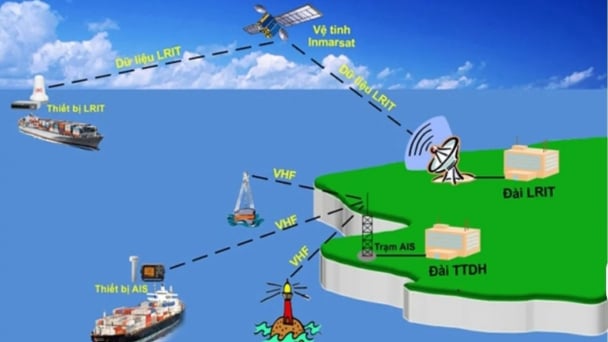
(VAN) The AIS monitoring system, thanks to its ability to provide automatic and transparent tracking, enhances the effectiveness of mineral mining management in many localities.

(VAN) The application of nature-based solutions to control pests is a key foundation for building a sustainable agriculture that is resilient to climate change.
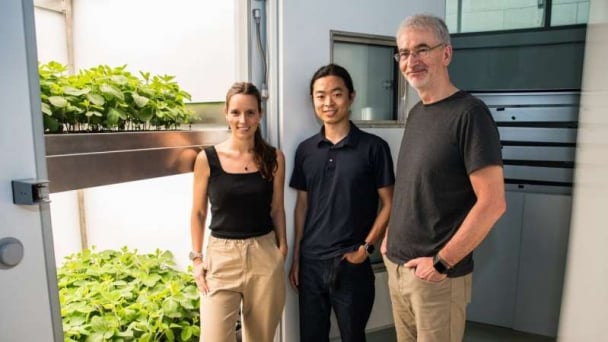
(VAN) The study offers insights into the potential of various food groups in a 10-layer vertical farming system: crops, algae, mushrooms, insects, fish and cultivated meat.